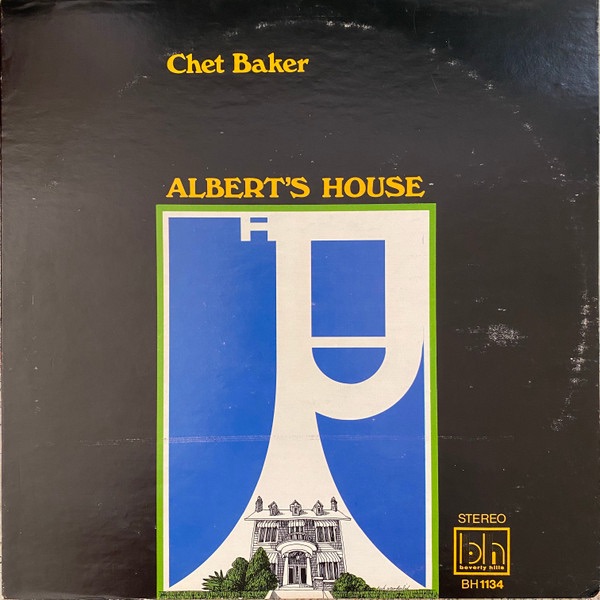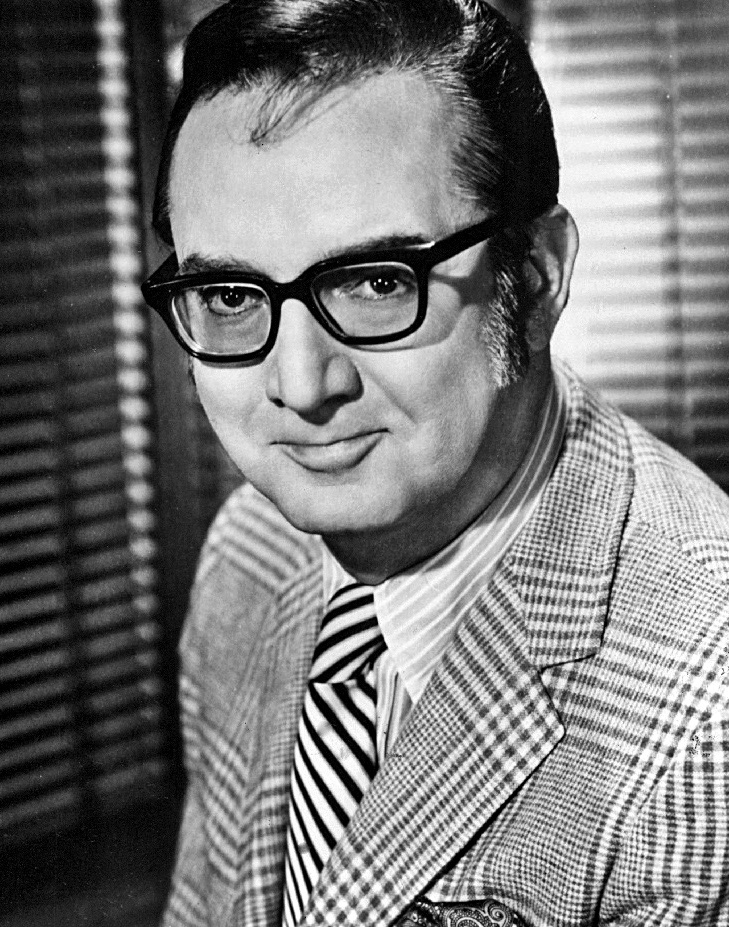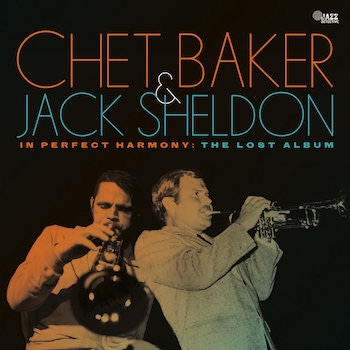

This is a very interesting album, in my opinion. Scott Yanow really pans it, on the allmusic.com website. I think he’s mistaken.
All the material is by Steve Allen, the famous TV talk host. He was a prolific composer. And here, he gets to have eleven of his compositions played by a stellar cast of jazz cats.

The circumstances that lead to this recording are fascinating. Chet, a notorious junkie, had been attacked by some underworld ne’erdowells. They targeted his mouth, knowing its importance to him, as a trumpet player and singer.
It’d be great to know more about the album’s genesis. Basically Steve Allen was helping Baker restart his musical career, after a traumatic event that could well have ended it. And for that reasons alone, it’s a really interesting musical document.
But it’s better than just a curio. The players are all top drawer jazzers: Paul Smith, on keys, is best known for his work with Ella Fitzgerald. Here, in addition to piano, he plays a rather unusual sounding organ, as well. The timbre of this instrument, which is all over most of the album, lends it a distinct and unusual feel.
Bassist Jim Hughart played with a huge number of big names. I first encountered him through his tenure with Tom Waits, in the latter’s earlier jazzier beatnik phase. And then there’s guitarist Barney Kessel, a six string artist of great ability, who plays in a very understated manner on these recordings.
And on drums, we have Frank Capp. As with the other ‘residents of Albert’s House’, Capp’s resume is a who’s who of famous jazzers. So the supporting cast are uniformly top notch.
It is true that Baker himself isn’t sounding at his tip top best here. But it’s not as bad as Yanow makes out. In fact the liner notes for these recordings refer to Baker’s ‘restrained’ readings. Outlining the melodies, and taking it pretty easy solo wise.
The notes put a rather odd gloss on this, as being only right and proper, due to the unfamiliar repertoire! I guess it wasn’t thought apt to spill the beans on the shadier and much sadder truth?
But this slice of Allen’s compositional repertoire is another reason this album ain’t as bad as some make out. I’d rather listen to these very mellow and rather cosy recordings, for example, than to the album Chet Baker Introduces Johnny Pace, in which – whilst everything’s much more polished and familiar – what we get is basically a Sinatra knock-off.

Whilst researching this post, I discovered the above. A recent (2024) release of a never before available 1972 recording of Baker and Jack Sheldon (who, like Hughart, and even Barney Kessel, recorded with Tom Waits). Read more about this here.
FOOTNOTE
The story I first heard about Chet getting beat up is his own version, as given in the movie Let’s Get Lost. But this interesting piece, with a reference to the movie Rashomon, suggests the truth might be more murky and complex. As several folk in Let’s Get Lost say, Chet liked to milk his stories for effect/sympathy!
